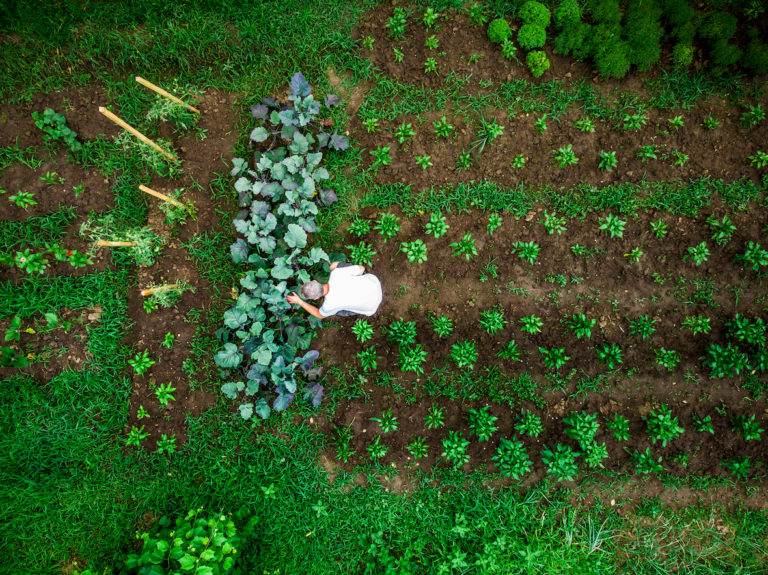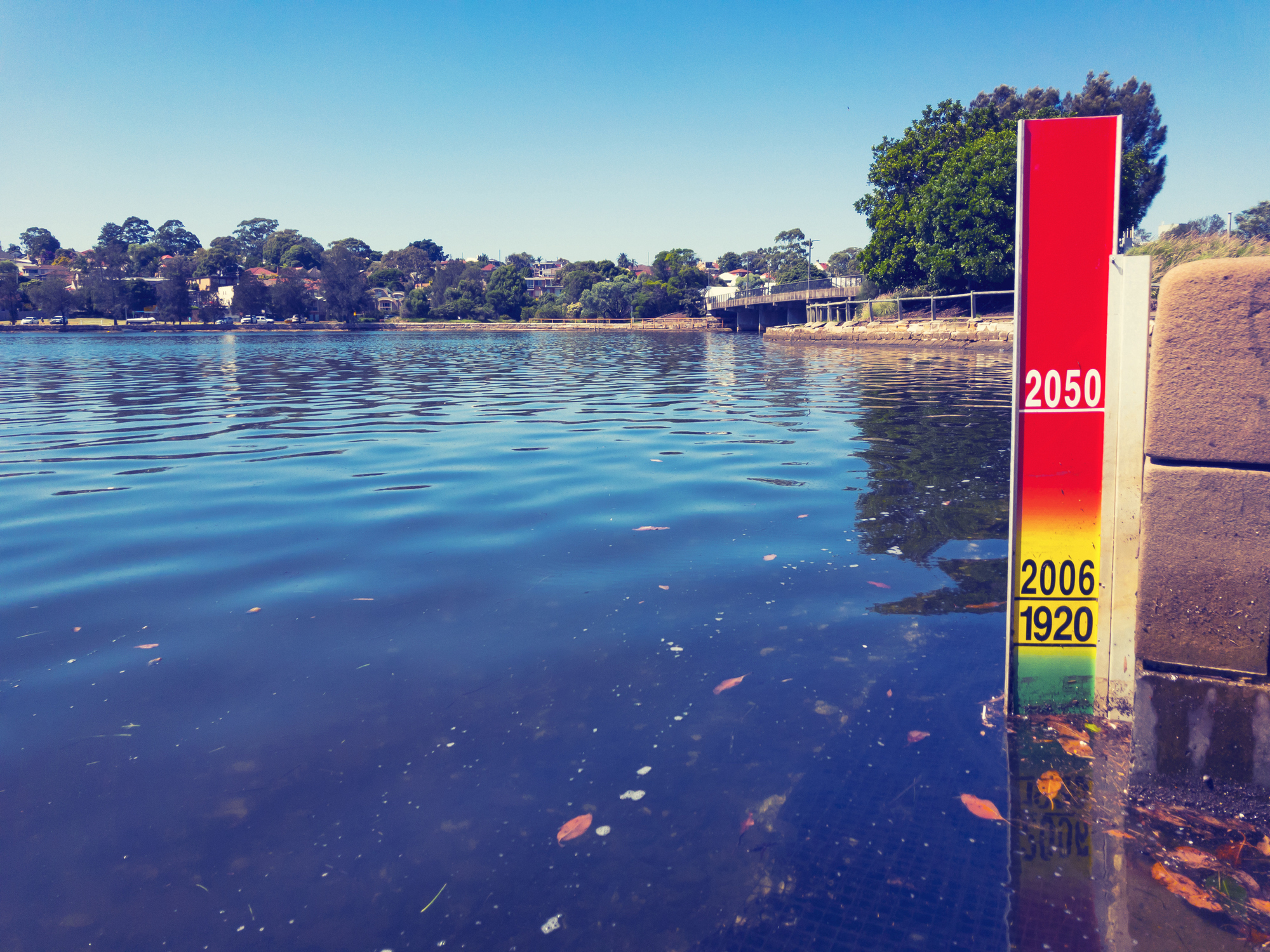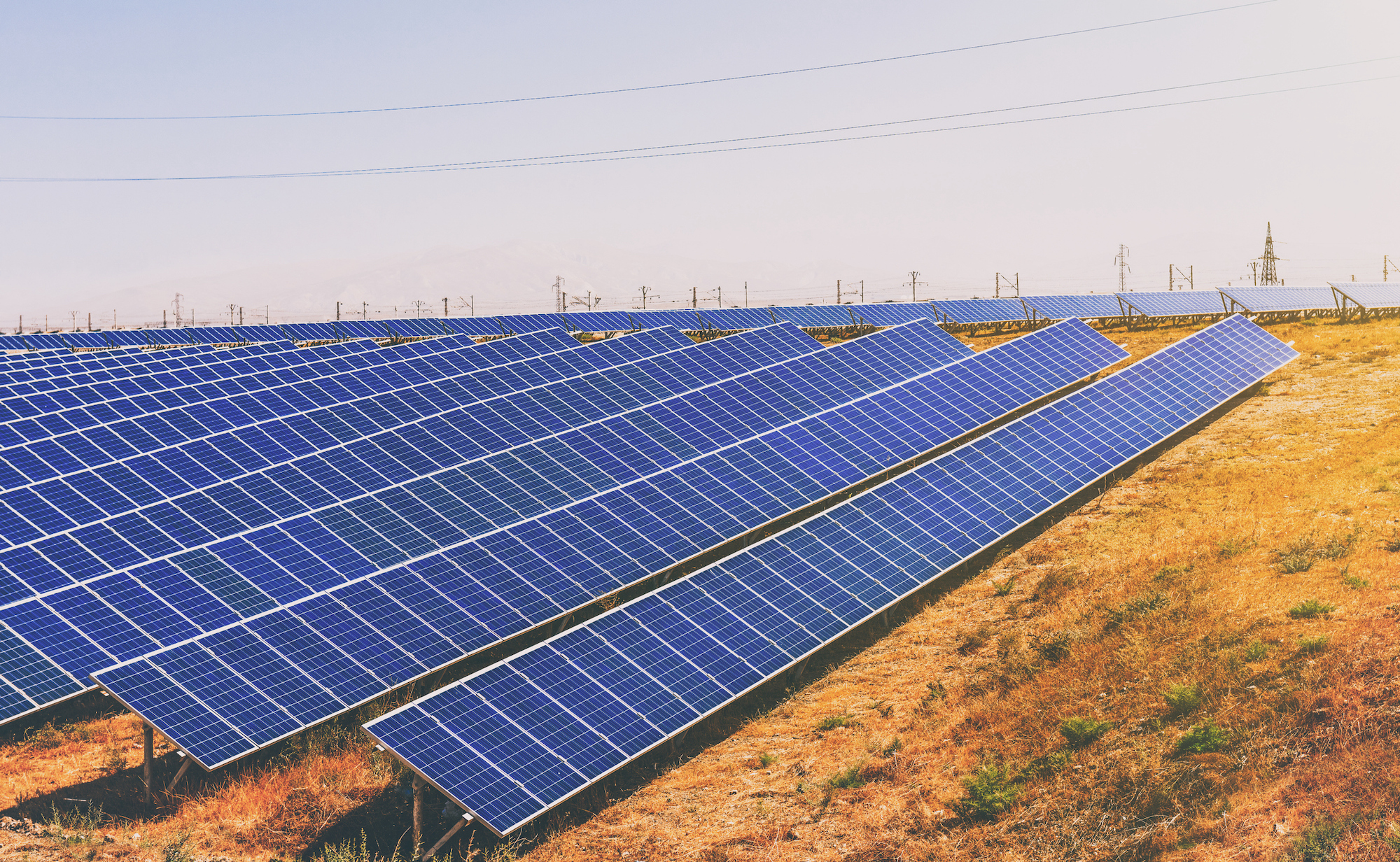
3 changes you can make to help tackle climate change
The dire report by the Intergovernmental Panel on Climate Change may have left you feeling overwhelmed, or unsure what to do next. We often hear about ways everyday people can tackle climate change, but which acts will make the biggest difference?



 Dr Johanna Nalau is an award-winning adaptation scientist who thrives on finding clues to how humans can better see into the future and make robust decisions today for a more resilient and adapted future. Her Australian Research Council DECRA research focuses on understanding climate adaptation decision heuristics and the role these play in adaptation decision- and policy-making processes globally and nationally.
Dr Johanna Nalau is an award-winning adaptation scientist who thrives on finding clues to how humans can better see into the future and make robust decisions today for a more resilient and adapted future. Her Australian Research Council DECRA research focuses on understanding climate adaptation decision heuristics and the role these play in adaptation decision- and policy-making processes globally and nationally.
